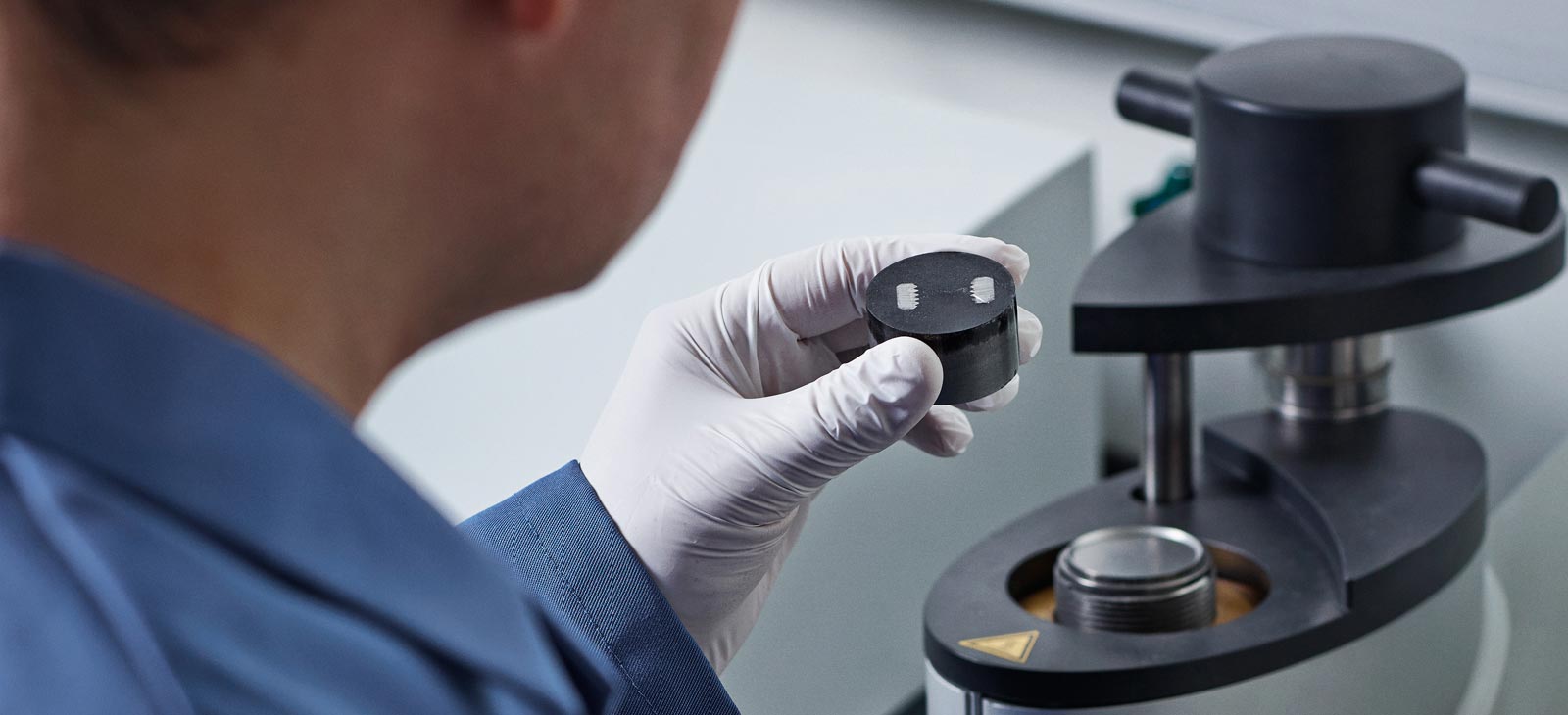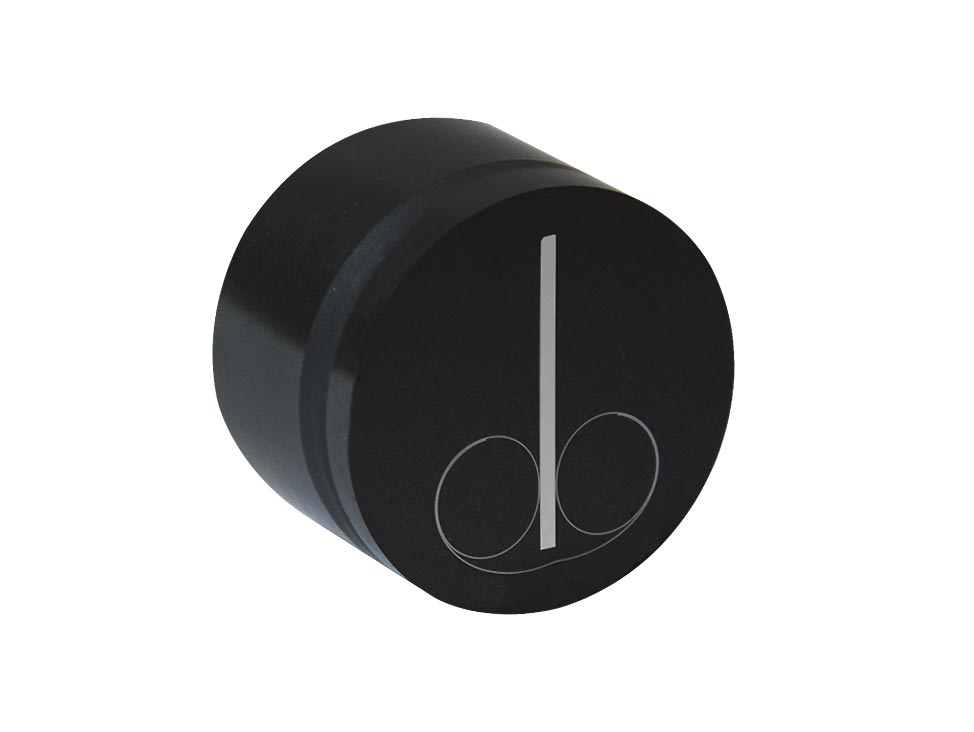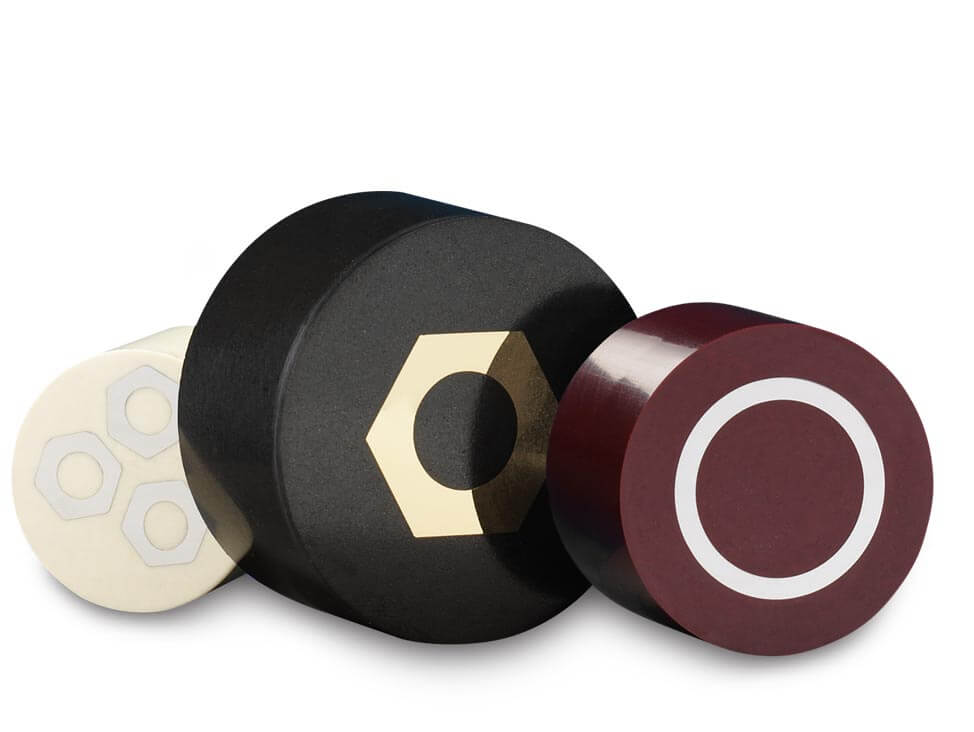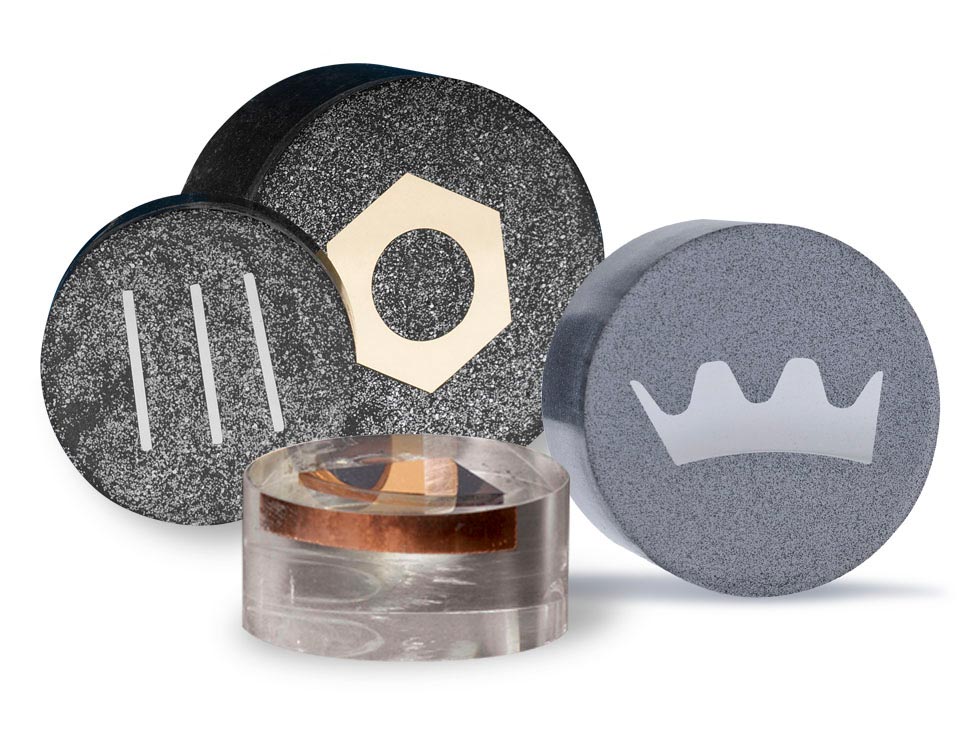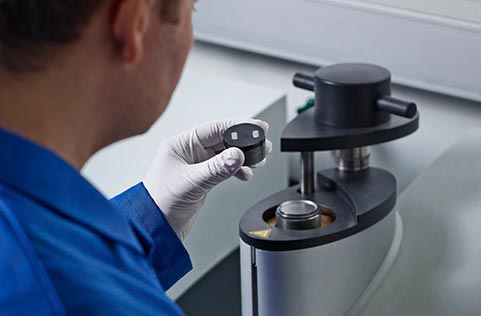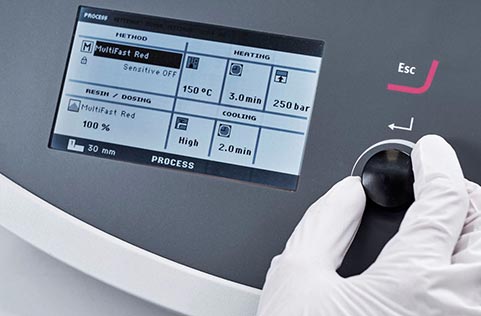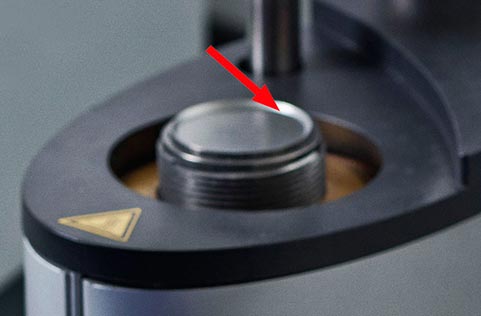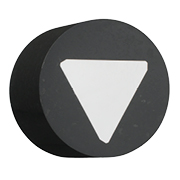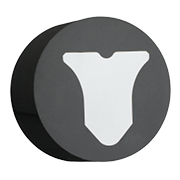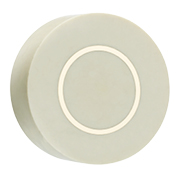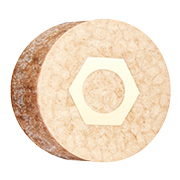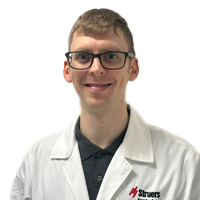| Application |
Transparence
Crystal clear mounts good for specimens with pores, voids or empty spaces. Can be used in a mixed mount as an insulator for electrolytical preparation or as a backfill for labelling.
|
Fast
Fastest hot mounting resin on the market. Best suited for soft materials or as "backing" for other resins when speed is of essence.
|
Conductive
Conductive resin relevant when electrolytical polishing and etching is used.
|
SEM analysis
Carbon filler enables SEM examination & offers very low shrinkage + high removal rate.
|
Edge retention
Superior edge-retention for hard & medium hard materials with very low risk of gaps.
|
Edge retention
Excellent edge-retention for medium hard & soft materials with very low risk of gaps.
|
Dust-free
No health hazards & dust free. Recommended for soft to medium hard materials.
|
Routine
Bakelite type resin for routine examination of soft to medium hard materials, or as backfill. Three colors available.
|

